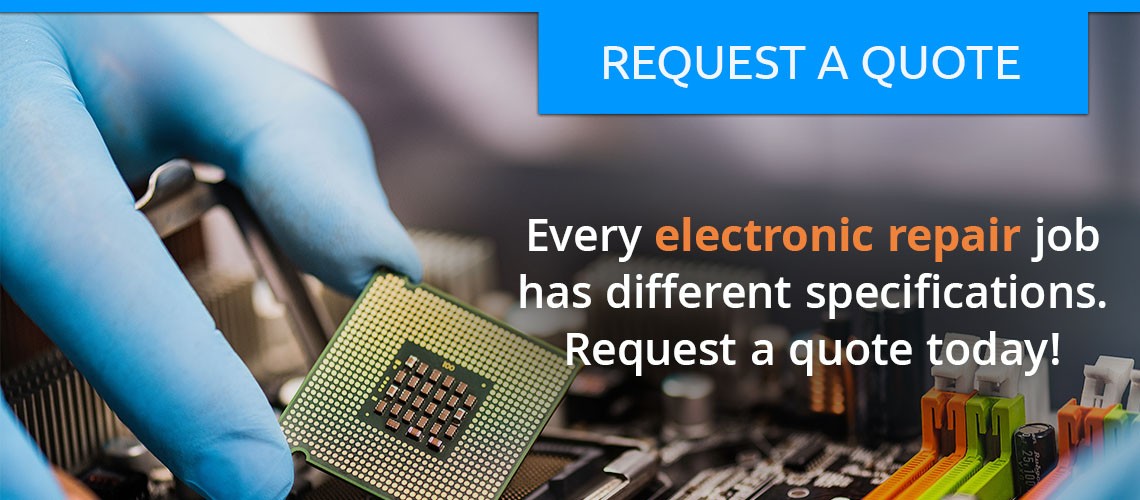Servo Motor Repair

Servo motors are crucial in industrial applications because they provide precise motion, speed, torque and rotation control for production equipment. These motors can accurately position machinery parts, control movement and maintain consistent speeds across various industrial processes. Their ability to respond quickly to programmed commands and make precise adjustments makes them essential for high-precision applications in manufacturing, automation, CNC machines and robotics.
Over time, the components inside the motor can wear out, leading to decreased performance or malfunctions. Regular maintenance can help prevent some of these issues, but timely repair is essential when problems arise to ensure the device functions optimally. Global Electronic Services is a single source for all your company’s servo motor repair and maintenance needs.

Why Servo Motor Repair Services Are Important
Timely repairs and regular maintenance for your company’s servo motors ensure optimal performance and prevent costly breakdowns. Promptly addressing issues helps your company avoid downtime and maintain optimal productivity. Regular maintenance helps identify potential problems early, allowing companies to take preventive measures before the problems escalate.
This proactive approach extends the motor’s life span, reduces the risk of unexpected failures and ensures that your production equipment operates smoothly and efficiently.
Signs a Servo Motor May Require Servicing
Understanding common reasons for servo motor breakdowns can help your company troubleshoot problems and determine when to seek professional repair services. Examples include:
- Bearing failures
- Dusty brakes
- Positioning errors
- Electrical failures
- Mechanical binding faults
- Overload issues
- Internal contamination
- Damaged cables
- Overheated motors
- Lack of timely maintenance
Benefits of Choosing Global Electronic Services as Your Trusted Servo Motor Repair Shop
Choosing Global Electronic Services for servo motor repair and maintenance offers your company specialized expertise, quick turnaround times and cost-effective solutions. Our skilled technicians are trained to repair all servo motor makes and models to ensure optimal performance. Our team will keep yours informed throughout the entire repair process, from inspection and diagnosis to the actual repair and return shipping.
Our repair and maintenance service can save your company significant money compared to purchasing new equipment. Fast turnaround times help your company minimize downtime, keeping your operations running smoothly.
Specific benefits include:
- Highly skilled in-house technicians
- 10% Price Guarantee
- 18 Month In-Service Warranty
- 1-5 Day Standard Turnaround
- FREE 1-2 Day Rush Service
- Free Evaluations
Contact Global Electronic Services Today to Learn More
If your company is looking for affordable, accurate and reliable servo motor repair services near you, Global Electronic Services is the answer. We have everything required to complete your repairs and maintenance quickly, including an extensive inventory of servo motor repair parts. Call 877-249-1701 or contact our team online today for a quote.
